Harvard physicist claims he found hundreds of tiny fragments in the Pacific Ocean that are alien objects from outside our solar system.
Scientists have made a groundbreaking discovery by recovering what they believe to be the first “alien” objects ever found on Earth.
These small metal fragments are confirmed to have originated from outside our solar system.
This discovery has sparked excitement and curiosity among researchers and space enthusiasts alike.
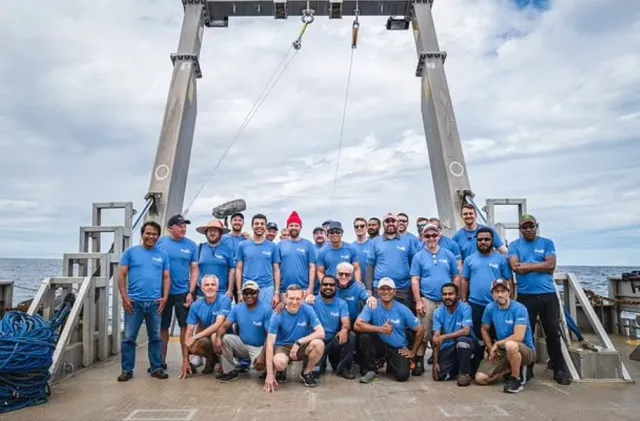
Physicist found first ever ‘alien’ objects on Earth at the bottom of the Pacific Ocean
The fragments were discovered by a team led by Professor Abraham Avi Loeb, an astrophysicist from Harvard University.
They were located at the site of a UFO crash near Manus Island in the Pacific Ocean.
This significant find could provide clues about the existence of extraterrestrial life and the materials found in interstellar space.
The fragments, known as IM1, were detected by U.S. spy satellites when they entered Earth’s atmosphere in January 2014.
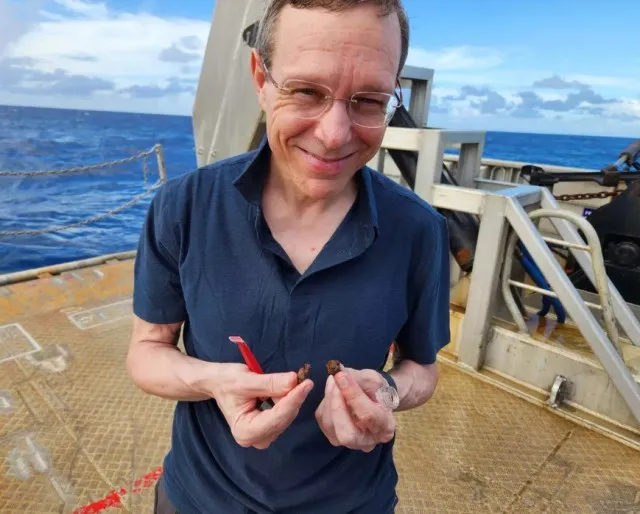
They plunged into the ocean, where they remained until scientists could recover them.
The fragments vary in size, measuring between 0.1 mm and 0.7 mm in diameter.
Professor Loeb’s team used a magnetic sledge to retrieve about 750 droplets from the ocean floor, 260 miles from Papua New Guinea.
Professor Loeb identified four indicators of interstellar origin.
In his analysis, Professor Loeb showed four key indicators that suggest these fragments are indeed of interstellar origin.
First, the abundance of spherules—small, marble-sized particles—was much greater than expected.
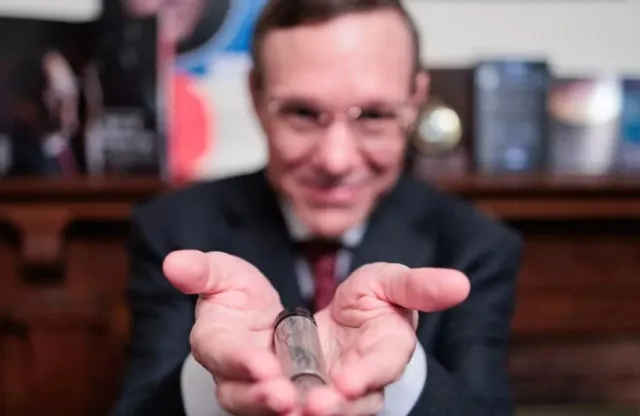
He stated that some of these spherules contained remarkable amounts of elements like lanthanum and uranium.
These elements were found in quantities up to 1,000 times more than what is typically found in similar materials from within the solar system.
Second, the analysis showed that these fragments had lower levels of volatile elements.
Normally, meteors lose certain elements when they burn up upon entering the atmosphere.
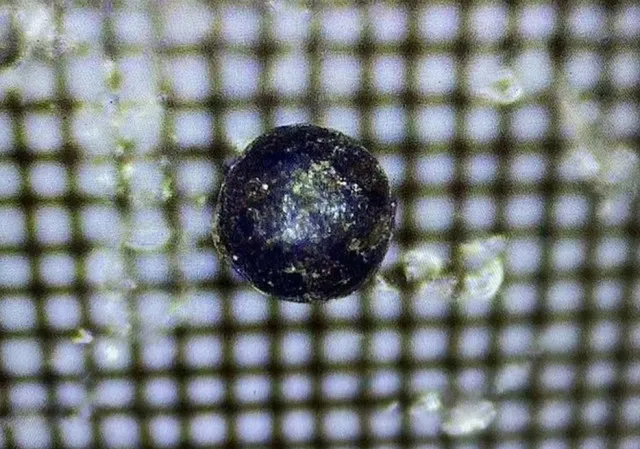
However, these fragments showed a significant depletion of those elements.
This indicates that they came from an object that experienced a fireball, rather than being from Earth.
The third indicator is the unique ratio of iron found in the fragments.
This ratio differs from what is commonly seen in meteorites and suggests a different origin.
Finally, the presence of beryllium in high quantities points to a long journey through interstellar space.

Research on interstellar fragments and future expeditions
Stein Jacobsen, who worked with Loeb, remarked that the abundance patterns observed in the fragments are unprecedented.
The meteor that produced these fragments was first recorded by a U.S. government satellite on January 8, 2014.
It collided with Earth with a force comparable to a small atomic bomb.
Professor Loeb and his team are keen to continue their research.
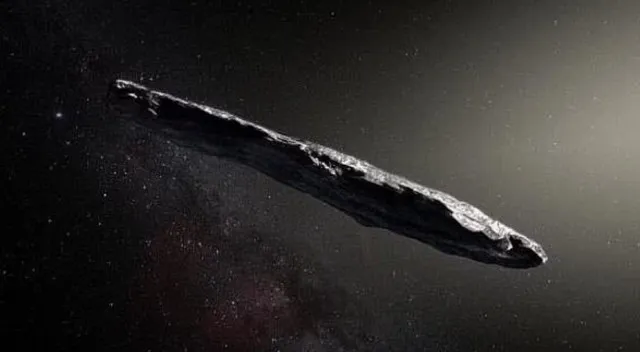
They plan to conduct further expeditions to search for additional fragments and possibly larger remnants of the 2014 fireball.
In 2024, the team intends to investigate another site off the coast of Portugal, where they believe they may find remnants from a second interstellar object.
Loeb referred to the fragments as “space trash,” likening them to plastic debris in the ocean that has accumulated over billions of years.
He emphasized that while the idea of these fragments being alien technology is fascinating, they are definitely not from our solar system.